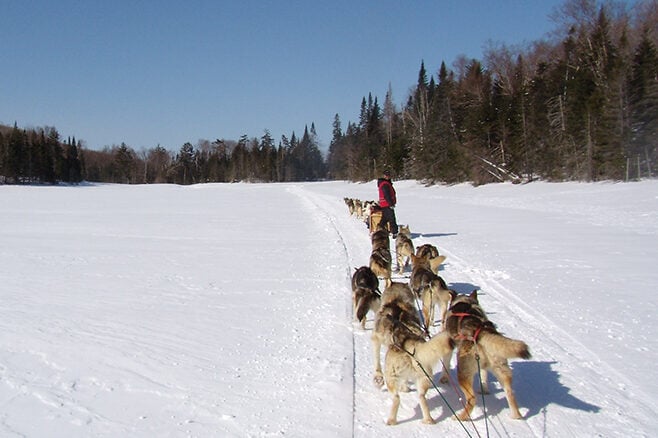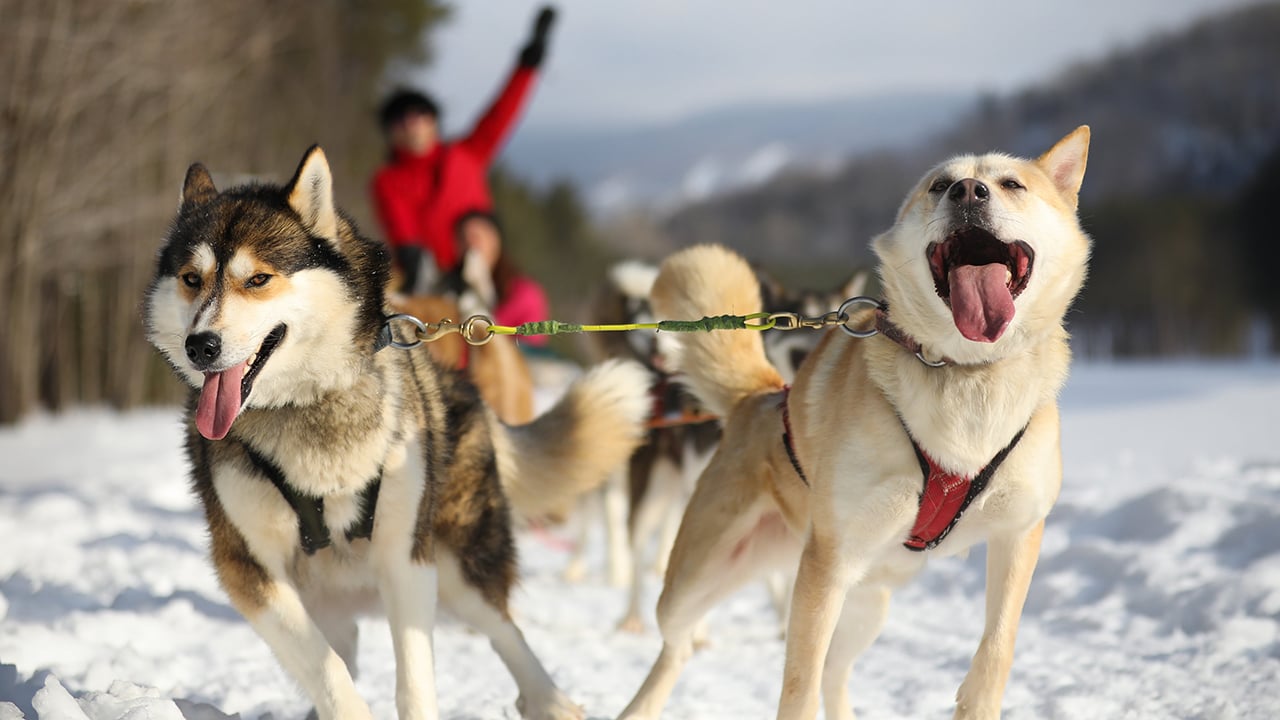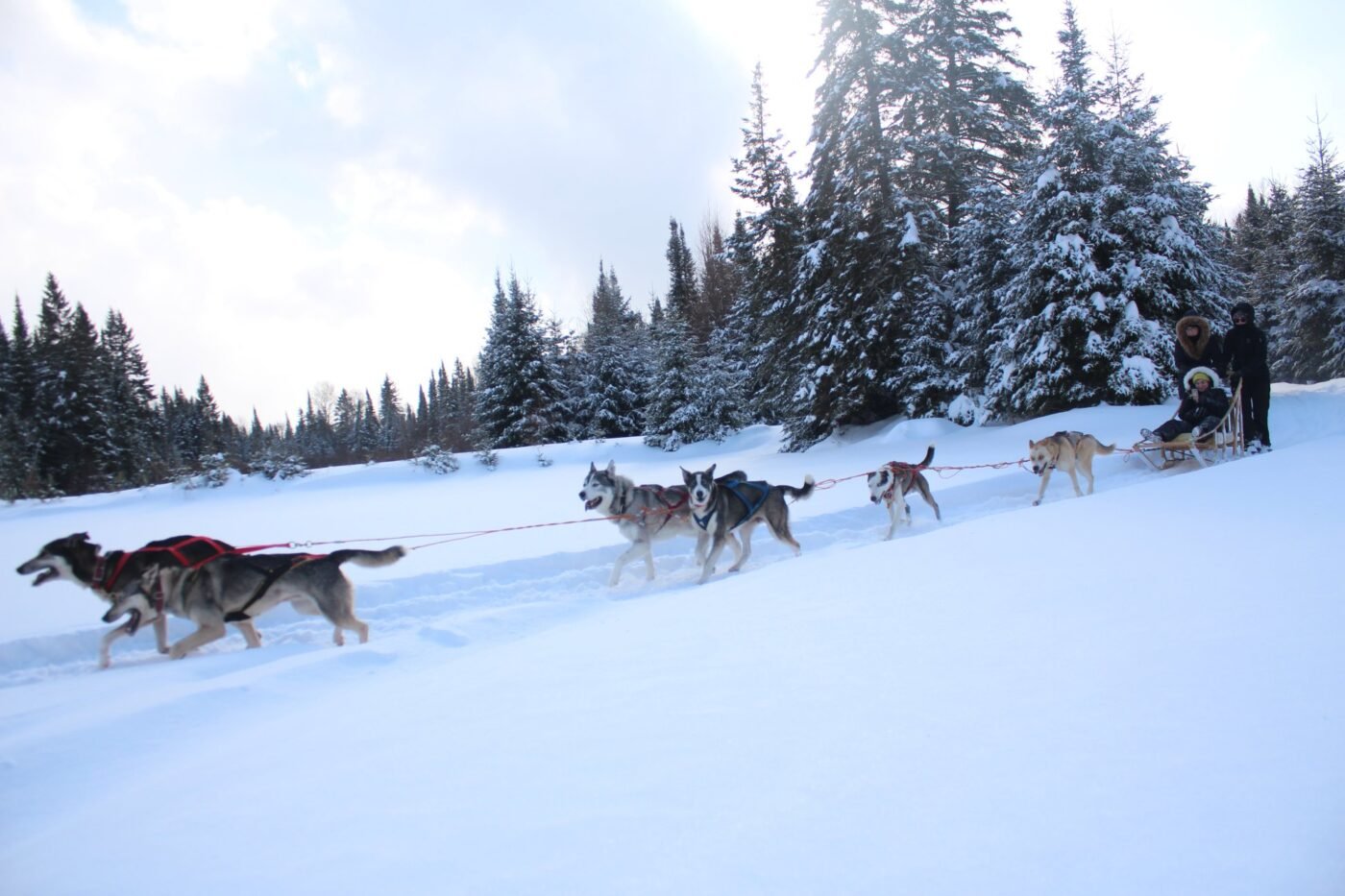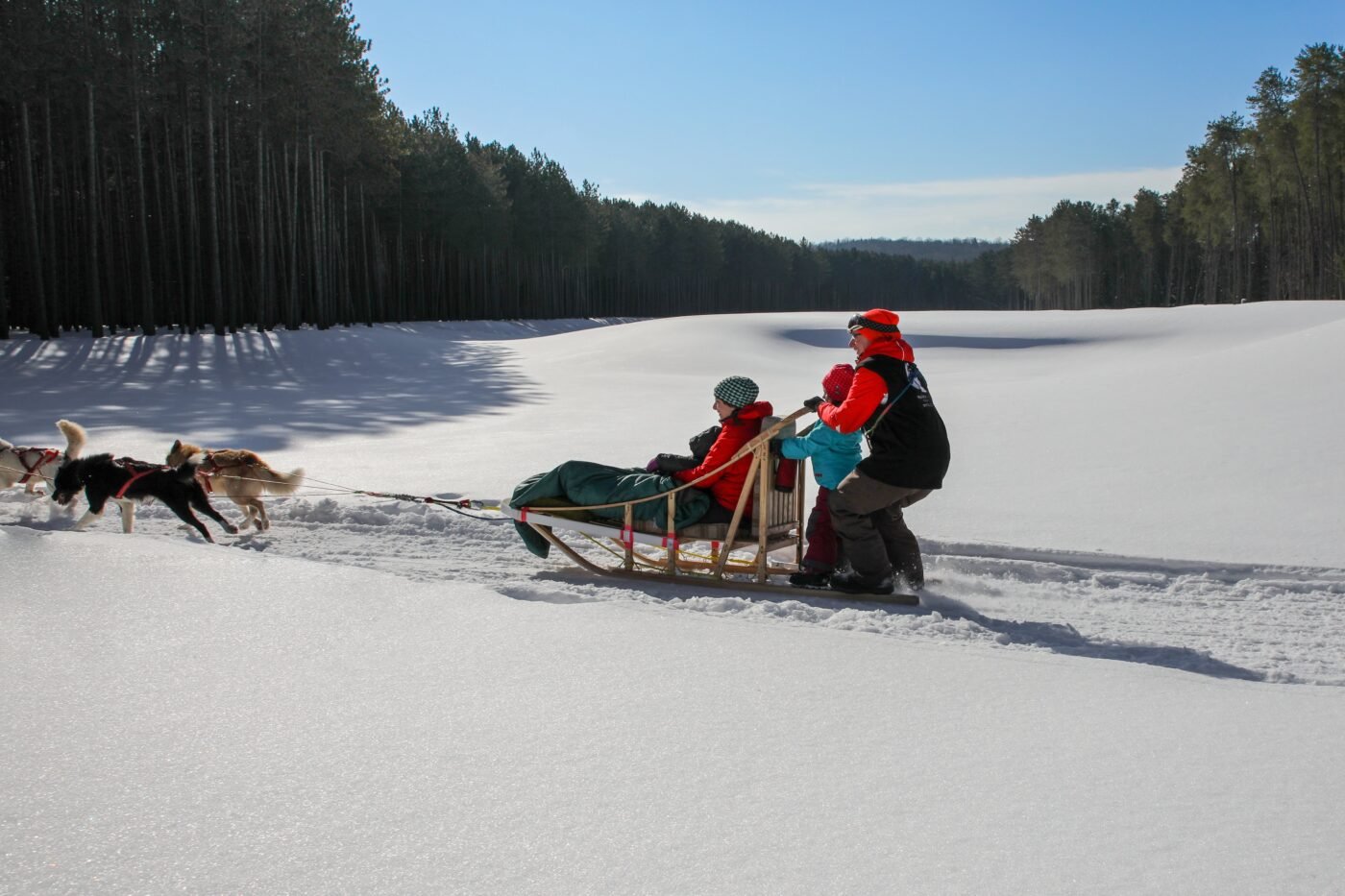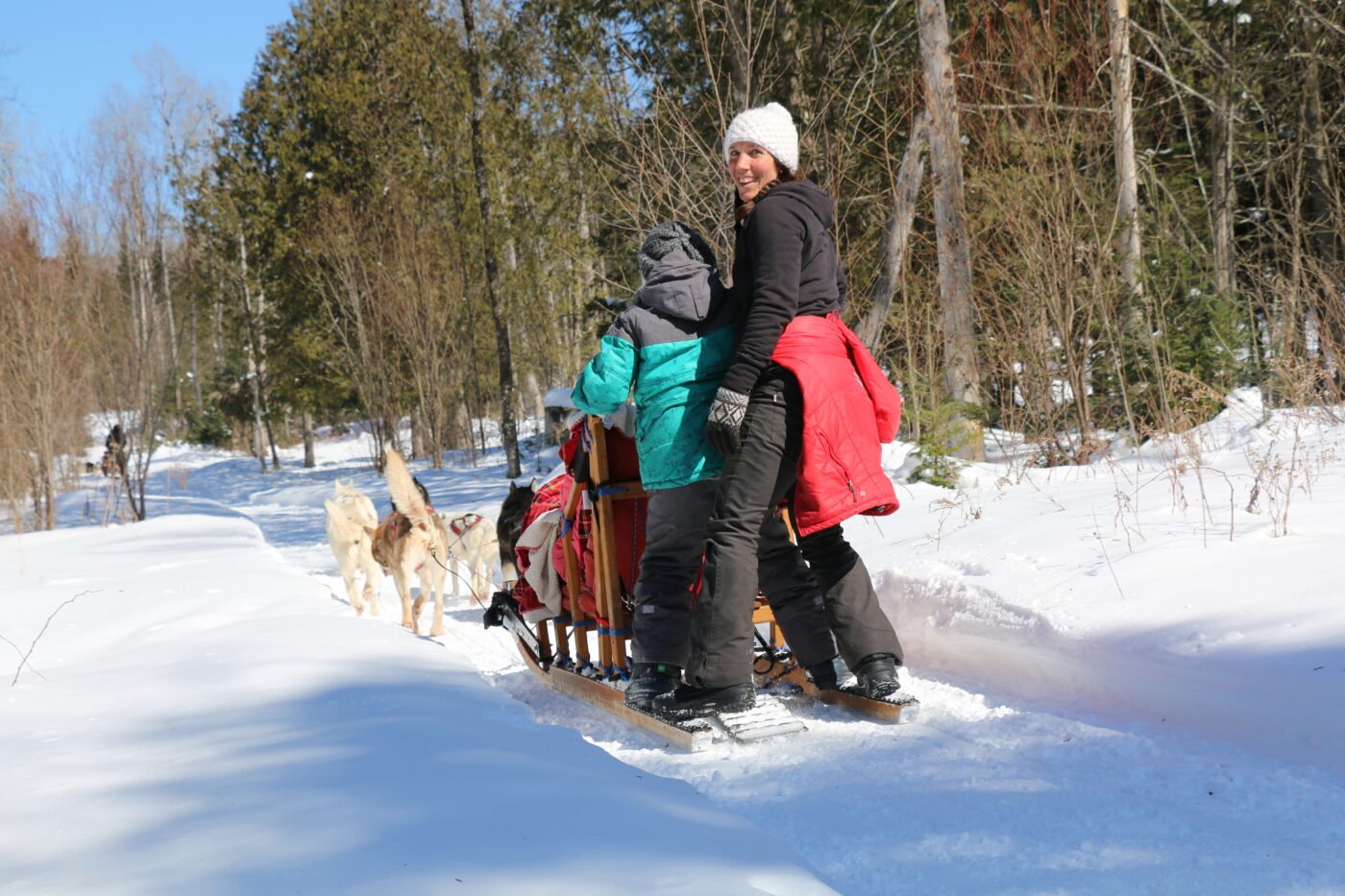Dogsledding in Canada traces back centuries, initially used by Indigenous peoples for transportation and hunting. In the late 19th century, it became pivotal for mail delivery in remote regions. Today, it’s a beloved sport and cultural tradition, embodying Canada’s rugged winter landscape and heritage.
Indigenous Origins: Dogs as Essential Companions
Dogsledding in Canada traces its roots to Indigenous cultures, where dogs served as vital companions for transportation and hunting. Indigenous communities across Canada relied on dog teams to navigate vast landscapes, haul supplies, and assist in hunting expeditions. The relationship between humans and sled dogs formed the cornerstone of transportation and survival in the harsh northern climates.
Fur Trade Era: Dogsledding in Early Colonial Canada
With the arrival of European explorers and settlers, dogsledding gained further prominence during the fur trade era. Traders and explorers utilized sled dogs extensively for transportation across the wilderness, establishing trade routes and delivering goods to remote regions. Sled dogs became indispensable for navigating the unforgiving terrains and transporting fur pelts, contributing significantly to the economic development of Canada’s northern territories.
Klondike Gold Rush: Dogsledding’s Heyday
The late 19th century witnessed a surge in dogsledding’s popularity during the Klondike Gold Rush. The demand for transportation in the Yukon spurred the use of sled dogs for hauling supplies to the goldfields. Teams of huskies and other northern breeds became the lifeline for prospectors, ferrying essential provisions across treacherous trails and snow-covered landscapes.
Mail Delivery and Arctic Exploration: Sled Dogs at the Forefront
Sled dogs played a pivotal role in mail delivery services, particularly in remote regions where harsh winters made conventional transportation challenging. They were also indispensable in Arctic exploration expeditions, notably during journeys to reach the North and South Poles. The endurance, strength, and resilience of sled dogs became legendary, enabling explorers to conquer some of the world’s most unforgiving environments.
Modern Evolution: From Tradition to Sport
As Canada evolved, so did the role of dogsledding. What was once a necessity for survival transformed into a beloved sport and cultural tradition. The establishment of races, such as the iconic Iditarod in Alaska and the Yukon Quest in Canada, propelled dogsledding into the realm of competitive sports, captivating audiences worldwide.
Preserving Tradition and Heritage
Despite advancements in transportation, dogsledding remains deeply rooted in Canadian culture and heritage. In regions like Quebec, Labrador, the Northwest Territories, and Nunavut, where winter landscapes prevail, the art of dogsledding endures as a testament to the enduring bond between humans and sled dogs.
Dogsledding Today: Honoring Tradition in a Modern Context
In contemporary Canada, dogsledding continues to thrive, catering to both recreational enthusiasts and tourists seeking authentic experiences. Professional mushers uphold traditional practices, meticulously training and caring for their dog teams. Tours and expeditions offer participants a chance to immerse themselves in the time-honored tradition, gliding through breathtaking winter landscapes while fostering an appreciation for Canada’s historical ties to dogsledding.

